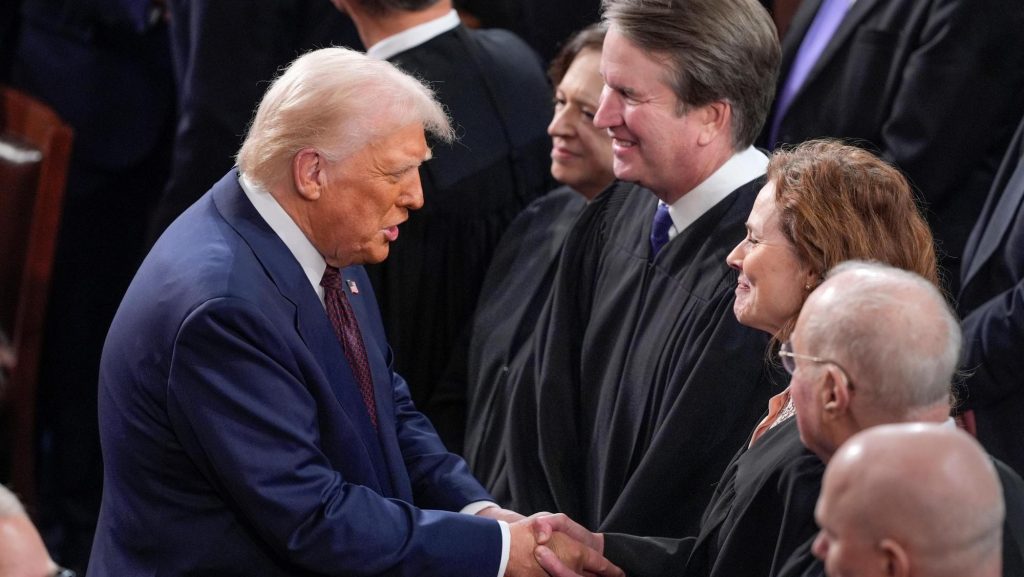
For those of us who are calling balls and strikes on the Trump administration, the idea of creating a Department of Government Efficiency (DOGE) to slash wasteful spending seems like a potential home run. The federal government is out of control, with its $36-trillion debt and its alphabet soup of agencies. But instead of scoring runs, DOGE is causing immense political pushback.
The project, led by billionaire Elon Musk, has been heavy on theatrics and light on precision. Seeing Musk jump around on a stage with a chainsaw energizes the MAGA faithful, but his haphazard approach causes consternation. The stated goal is to reduce the federal workforce by 10%.
There are plenty of examples of hubris. “The National Nuclear Safety Administration was struggling … to rehire some of the nation’s top nuclear specialists after they were fired … in an apparent massive mistake,” reported the Independent in one of many DOGE snafus. “We are building the rocket as we’re launching it,” National Security Adviser Mike Waltz said about the new administration. We’d prefer building rockets before launching them.
Some DOGE claims have been inaccurate. DOGE’s “wall of receipts” on its website “represent approximately 30% of the full savings, making the top-line figure unverifiable,” Fortune noted. “And even the selected savings provided by DOGE for public review have been unreliable.” The team sometimes makes far-fetched claims, and the entire effort is notable for its lack of transparency.
Meanwhile, federal spending continues to increase. Overall spending soared by 10% compared to levels for the same month last year. President Donald Trump signed the Republican-supported continuing resolution this month that keeps the federal behemoth running for the next six months. The measure “keeps government funding at levels set during Joe Biden’s presidency,” per PBS, albeit with some domestic cuts and defense increases.
Trump’s newly imposed tariffs increase the size and power of government by significantly raising taxes and giving federal authorities the power to pick economic winners and losers. So the DOGE concept must be considered in the context of an administration that isn’t consistently committed to reducing the size and scope of government.
A key problem is Trump and DOGE are acting mainly through executive action, whereas the bulk of federal spending is determined by Congress. We’re concerned by the Republican embrace of the Imperial Presidency, which attempts to short-circuit the process and transform the government by executive order. Although slashing government is a libertarian concept, enhancing administrative power is not. Right now, Trump is doing more of the latter than the former.
The administration needs to work with Congress to defund entire agencies — not just slash federal jobs here and there. However, that would require an administration more committed to process, more concerned about constitutional restraints, and more serious about public policy rather than performance art. The libertarian Cato Institute has provided a detailed blueprint on how to strategically cut the federal government. The administration ought to read it.
We fear all the bluster and mistake-ridden cuts — some of which seem driven more by spite than strategic thinking — will create public blowback that undermines the entire concept of cutting the federal government. And the nation desperately needs to cut it back to size. We wish the administration had a better game plan.
Originally Published:



